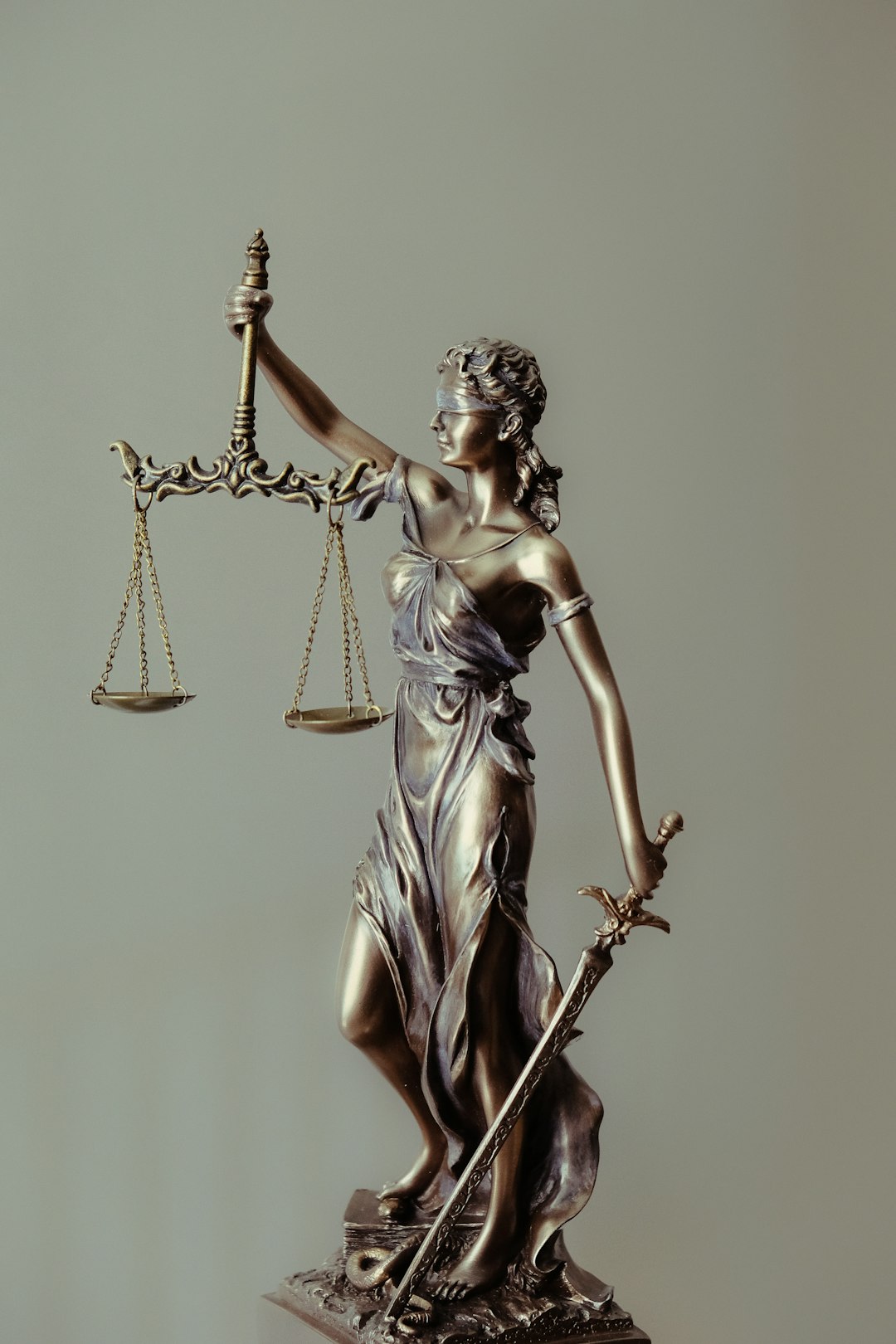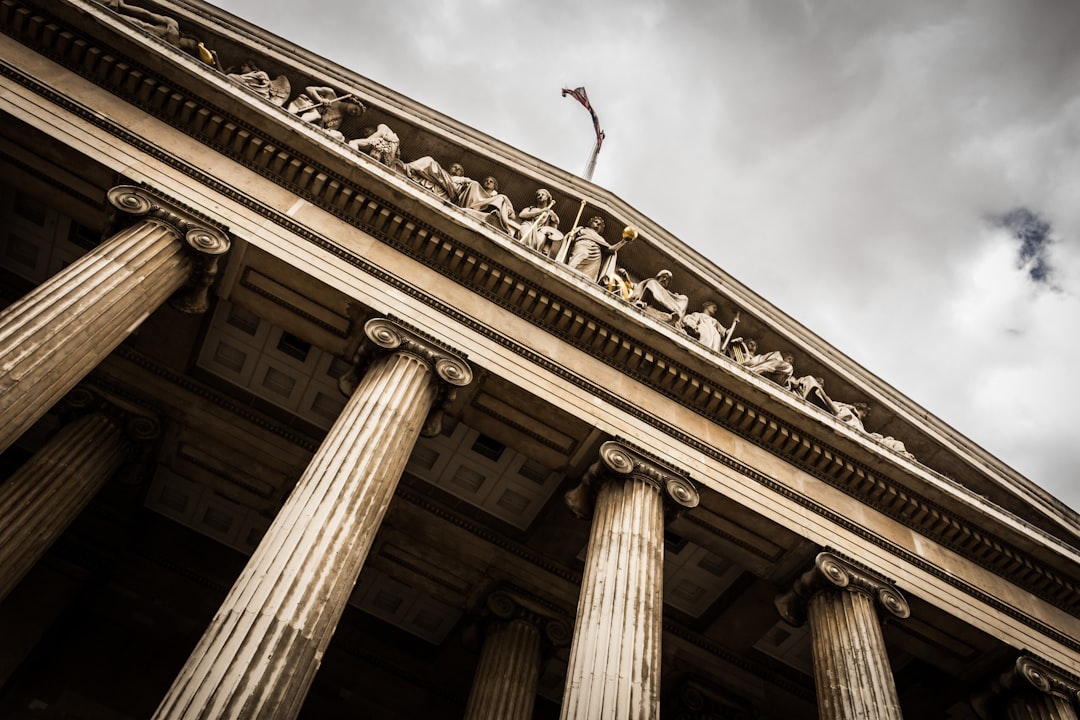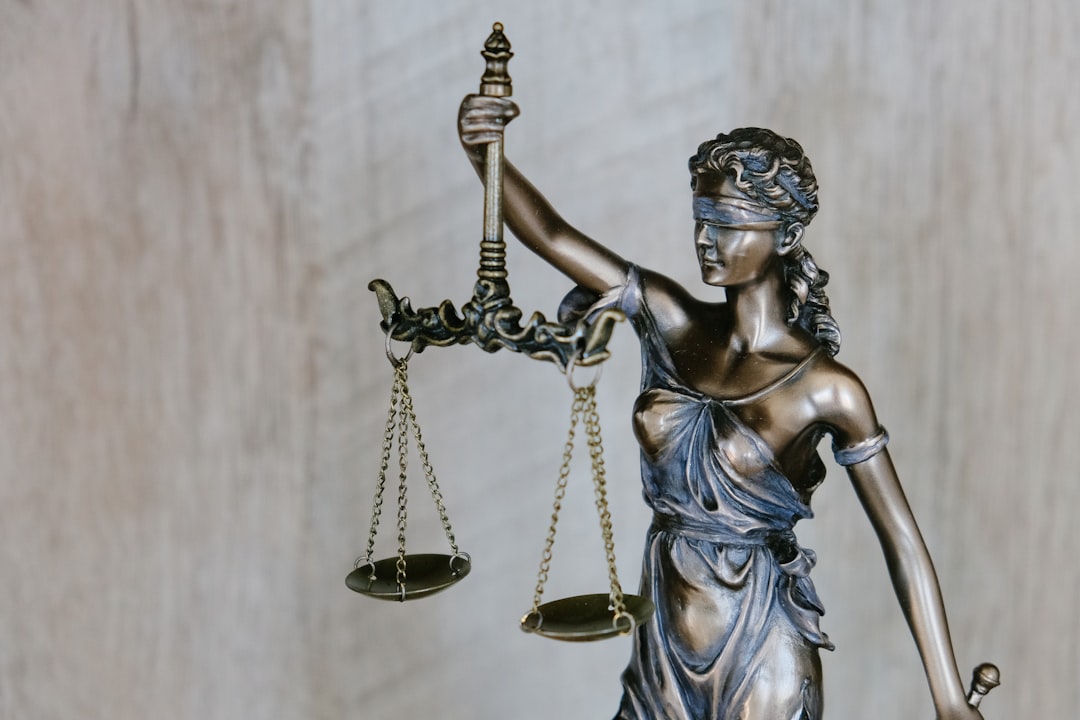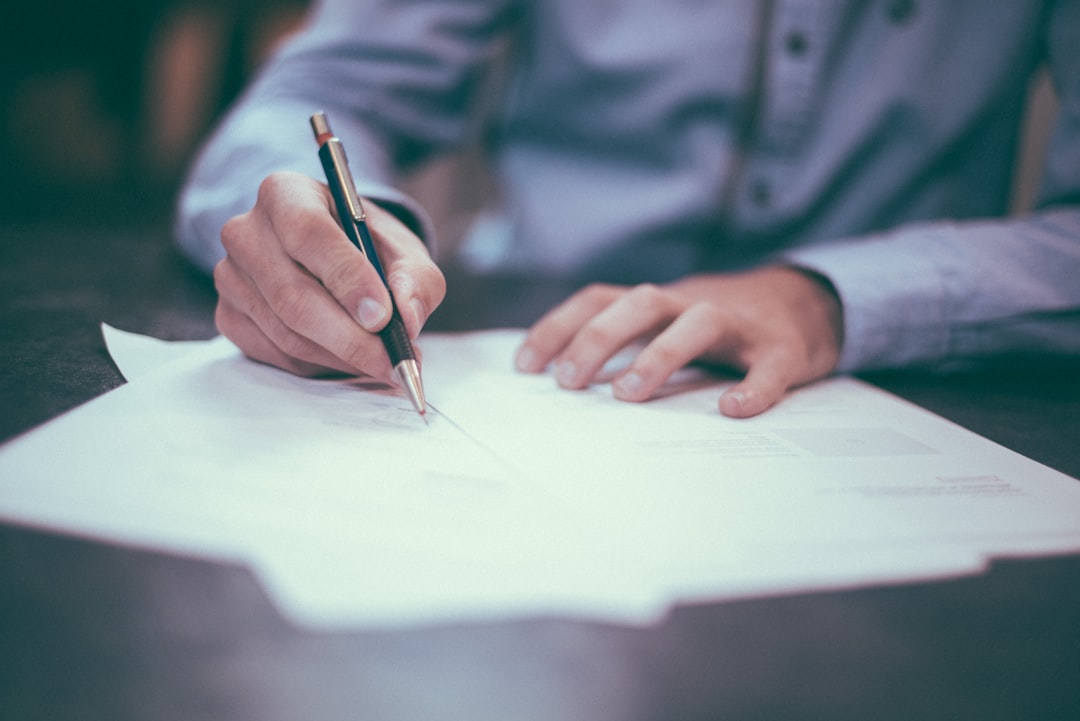Philadelphia's "Do Not Text" laws prohibit sending or reading text messages while driving, with severe penalties for violators. Do Not Text Lawyers in the city specialize in defending against such charges and educating drivers on safe practices. Reporting a violation involves documenting evidence and contacting local law enforcement. Common mistakes include ignoring traffic signals due to texting distractions, leading to citations and legal battles. These laws aim to enhance public safety by deterring distracted driving, with strict penalties and the support of Do Not Text Lawyers Philadelphia.
“In Philadelphia, Do Not Text laws aim to enhance public safety by prohibiting drivers from using mobile devices while behind the wheel. This comprehensive guide delves into the city’s stringent regulations, highlighting the responsibilities of both citizens and law enforcement. We explore who enforces these laws and the associated penalties, offering a step-by-step guide for reporting violations effectively.
Learn about common pitfalls that could lead to legal consequences and understand the broader impact on public safety and consumer protection. Discover how ‘Do Not Text’ initiatives are making Philadelphia’s roads safer with expert insights from local Do Not Text lawyers.”
Understanding Do Not Text Laws in Philadelphia: A Comprehensive Overview

In Philadelphia, like many cities across the US, the “Do Not Text” laws are designed to protect individuals from distracted driving and ensure road safety. These laws strictly prohibit sending or reading text messages while behind the wheel. Understanding these regulations is crucial for both residents and visitors alike, as violations can lead to severe penalties, including fines and potential license suspension.
Philadelphia’s Do Not Text laws cover a wide range of electronic communications, not just text messages but also instant messages, emails, and any other form of digital messaging that distracts the driver from safely operating their vehicle. Law enforcement officers actively patrol roads and highways to enforce these rules, targeting areas known for high traffic volumes and accident rates. Philadelphia’s Do Not Text lawyers play a vital role in educating drivers, defending against false accusations, and providing legal counsel to those facing charges related to these laws.
Who Enforces These Laws and What Are the Penalties?

How to Report a Violation: Step-by-Step Guide for Citizens

Reporting a violation of Philadelphia’s “Do Not Text” laws is a straightforward process designed to ensure public safety and protect drivers from distracted driving. Here’s a step-by-step guide for citizens:
1. Identify the Violation: First, witness or experience a driver sending or reading a text message while behind the wheel. This could occur on city streets, highways, or any other public road within Philadelphia limits.
2. Gather Evidence: If possible, record the incident using your smartphone’s camera or video functionality. Note down the date, time, location, and a brief description of the violation. Take down the vehicle’s license plate number for added accuracy. Alternatively, take photos of the scene to support your claim.
3. Contact Local Law Enforcement: Reach out to the Philadelphia Police Department through their non-emergency hotline or online reporting system. Provide them with the details you have gathered, including any evidence you have recorded. The police will review your report and take appropriate action against the offending driver, who could face fines and penalties as per the Do Not Text laws.
4. Consult a Do Not Text Lawyer Philadelphia: While reporting the violation is crucial, understanding your rights and potential legal options is also important. A lawyer specializing in Do Not Text laws can guide you through any subsequent actions, ensuring you’re fully informed about your role in the process.
Common Mistakes That Could Lead to Legal Troubles

Many individuals, unaware of the potential consequences, make common mistakes when it comes to texting while driving, which often leads to legal troubles. One of the primary errors is sending or reading text messages while behind the wheel, even if it’s just for a quick glance. This simple action can distract drivers and significantly increase their risk of getting into an accident, making them vulnerable to legal repercussions under Philadelphia’s strict Do Not Text laws.
Another frequent mistake is ignoring warning signs and traffic signals due to the temptation to check text messages. Drivers must be vigilant and fully present on the road, especially in areas with high enforcement presence. Failure to do so can result in citations and potential legal battles with Do Not Text Lawyers Philadelphia. Staying focused, adhering to traffic rules, and refraining from using mobile devices while driving are essential steps to avoid these legal troubles.
The Impact of Do Not Text Laws on Public Safety and Consumer Protection

The implementation of “Do Not Text” laws in Philadelphia, like elsewhere, underscores the growing recognition of text messaging’s impact on public safety and consumer protection. These laws aim to reduce distracted driving by holding individuals accountable for sending or reading texts while behind the wheel. The consequences of ignoring these regulations can be severe, with penalties that serve as a deterrent to those who put lives at risk through careless behavior. By ensuring compliance, Philadelphia’s “Do Not Text” laws contribute to safer roads and protect consumers from potentially life-threatening situations caused by distracted drivers.
Moreover, these laws send a strong message about the responsibility of drivers in modern times. With the widespread use of smartphones, text messaging has become a significant source of distraction, leading to accidents and injuries. Do Not Text Lawyers Philadelphia play a crucial role in enforcing these regulations, helping to create a culture where public safety is prioritized over impulsive communication choices. This shift not only protects consumers but also fosters a more mindful driving environment.






